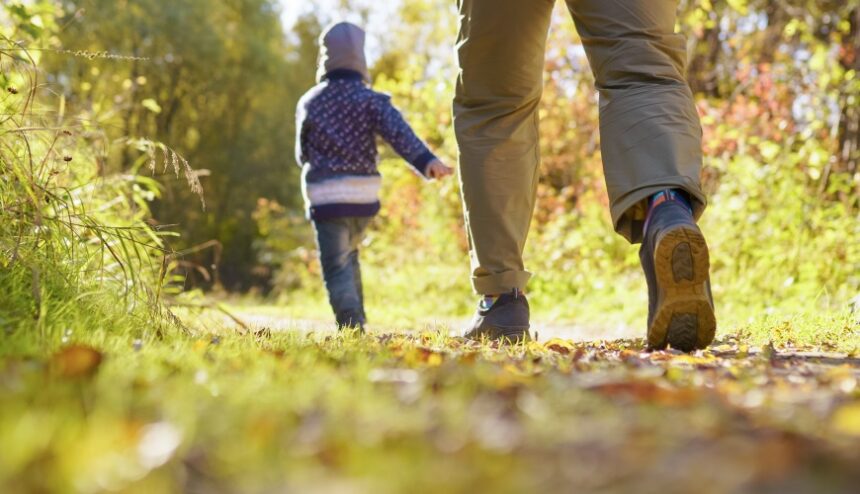Reposted from October 2021. By Jacob Brackett, Student Physical Therapist; contributing author, MiKayla Christiansen, PT, DPT, OCS, MTC, Therapy Services
As summer fades and fall approaches, the days get shorter, the weather gets colder, and the natural tendency is for families to take their activities indoors. However, it’s the perfect time to focus on improving the whole family’s health.
Upcoming Seasons Can Be Physically Taxing and Costly
For adults, it’s important to remember that late fall and winter conditions can tax the body. Walking with additional clothing adds weight, especially boots and heavy coats. Add icy ground conditions to the mix, and it quickly tests the limits of a person’s stability. Falls are one of the costliest accidents in America. According to the American Geriatrics Society Journal, in 2015, the estimated medical costs attributable to fatal and nonfatal falls were approximately $50 billion. These unnecessary injuries can be expensive, cause people to miss time at work, and, in some cases, create serious disability. Falls can be prevented.
Re-Evaluate Your Health
Consider the management and maintenance of your property. Leaf and snow removal can require substantial increases in workload for those who haven’t kept up with their fitness throughout the year, especially when many are working from home. It is important and valuable to re-evaluate your health year to year for all these reasons and more. Consider seeking a medical evaluation to ensure that your body can complete the necessary workload, avoid exacerbating existing issues, and preferably prevent new problems from arising.
Enjoy the season and get moving!
The American College of Sports Medicine recommends that all healthy adults aged 18–65 participate in moderate-intensity aerobic physical activity for at least 30 minutes five days per week or vigorous-intensity aerobic activity for a minimum of 20 minutes on three days per week. Finding exercises you enjoy can help you meet these guidelines, and finding a friend to join you can help make it more enjoyable. But, more importantly, it will keep your heart, brain, lungs, and muscles in working order and prevent complications.
How are the kids?
For parents of younger children and teenagers, this upcoming season is also a great time to schedule physicals to have the health of your child evaluated by a professional. Many children participate in recreational and school athletics during the summer, and some also participate in winter season sports such as basketball, hockey, and skiing. Many of these sports require physicals prior to the season, but it is also important to monitor for injuries as the season progresses. Assuring that minor aches and pains don’t progress into more chronic and significant conditions is important to the athlete’s health and their sport’s season. It will also ensure their aches don’t develop into injuries that can have long-term effects as they age and grow. Physical therapists, athletic trainers, and primary care doctors are best suited to address these concerns.
Partners in Health
Contact your healthcare team for assistance if you are inactive or have current health concerns. They can help you develop a plan outlining how to become more active, prevent future injury, and improve your body’s health.


